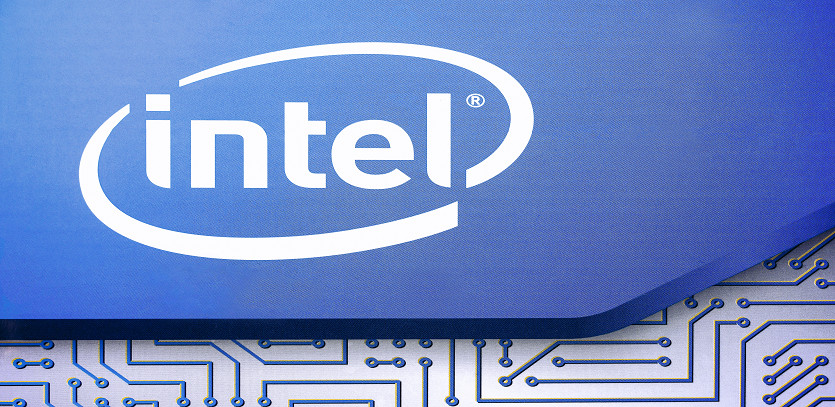Intel Corporation, an American multinational tech firm, focuses on the design, production, and sale of integrated circuits that serve the computer, communication, and consumer electronics sectors. Recognized globally as one of the largest semiconductor chip manufacturing companies by revenue, Intel particularly garners acclaim for its microprocessors found in everyday electronic devices and personal computers.
The Journey of Intel's Stock Market
The trajectory of Intel's stock market has certainly been a tumultuous one over the recent years. In 2000, the stock price spiked at $72.60, only to plummet amidst the fallout of the dot-com bubble. Despite recovering to a certain extent in the subsequent years, it took another hit during the 2008 financial meltdown. Nevertheless, in recent years the stock appears to be in an uptrend, presently trading around the $45 mark.
Developmental Stages of Intel
Founded in 1968, Intel's market evolution unfolds across several phases:
The Inception (1968-1985)
This phase was marked by a deceptively static stock price as the company was in its infancy and its products had yet to garner mainstream attention.
The Boom (1985-2000)
Intel experienced a quantum leap in its stock price owing to an enormous surge in the popularity of its products, thereby making it the dominant player in the microprocessor market.
The Dot-com Bubble Burst (2000-2002)
In the midst of the internet frenzy, Intel's stock price hit an all-time high of $72.60. However, with the dot-com bubble's burst in 2000, the share price collapsed spectacularly.
The Road to Recovery (2002-Present)
From 2002 onward, Intel's stock price has been charting a steady comeback course. Despite looming challenges, the company's growth trajectory has remained intact with its products continuing to be in demand.
Present Circumstances and Future Anticipations
Intel's stock market is experiencing constant fluctuations owing to burgeoning competition from contenders like AMD and Nvidia. Nonetheless, Intel's influential brand name and its steadfast customer base provide a buffer against these adversities.
Forecasting the future of Intel's stock market is a daunting task. However, the company is taking measures to navigate through its challenges, with substantial investments in burgeoning technologies such as AI and cloud computing which may bolster Intel's position as a pioneer chipmaker.
Driving Factors
Several elements influence Intel's stock market, including:
Global economy: Economic conditions worldwide play a crucial role in affecting Intel's share price, with a thriving economy signaling a rise in the company's market rates.
Semiconductor Industry's health: A buoyant semiconductor industry generally implies a rise in Intel's stock market.
Intel's Performance: Intel's performance, as depicted through strong financial disclosures, also triggers an upward swing in its stock value.
Competition: Heightened competition from rivals, AMD and Nvidia, may exert a downward pressure on Intel's stock prices.
Laws and Regulations: Legislative changes can also impact Intel's stock price, with government-imposed tariffs on semiconductors potentially causing harm to Intel's financial health.
Expert Analysis
While some experts consider Intel's stock to be undervalued on account of its ongoing dominance in the semiconductor industry, others adopt a more guarded view, given the amplified competition that could render the stock price to be unpredictable.
Conclusion
Intel's stock market, being susceptible to various factors, is inherently complex and volatile. Predicting its future is a challenging feat, yet the company perseveres to counter its obstacles, ably supported by its potent brand name and committed customer base.





